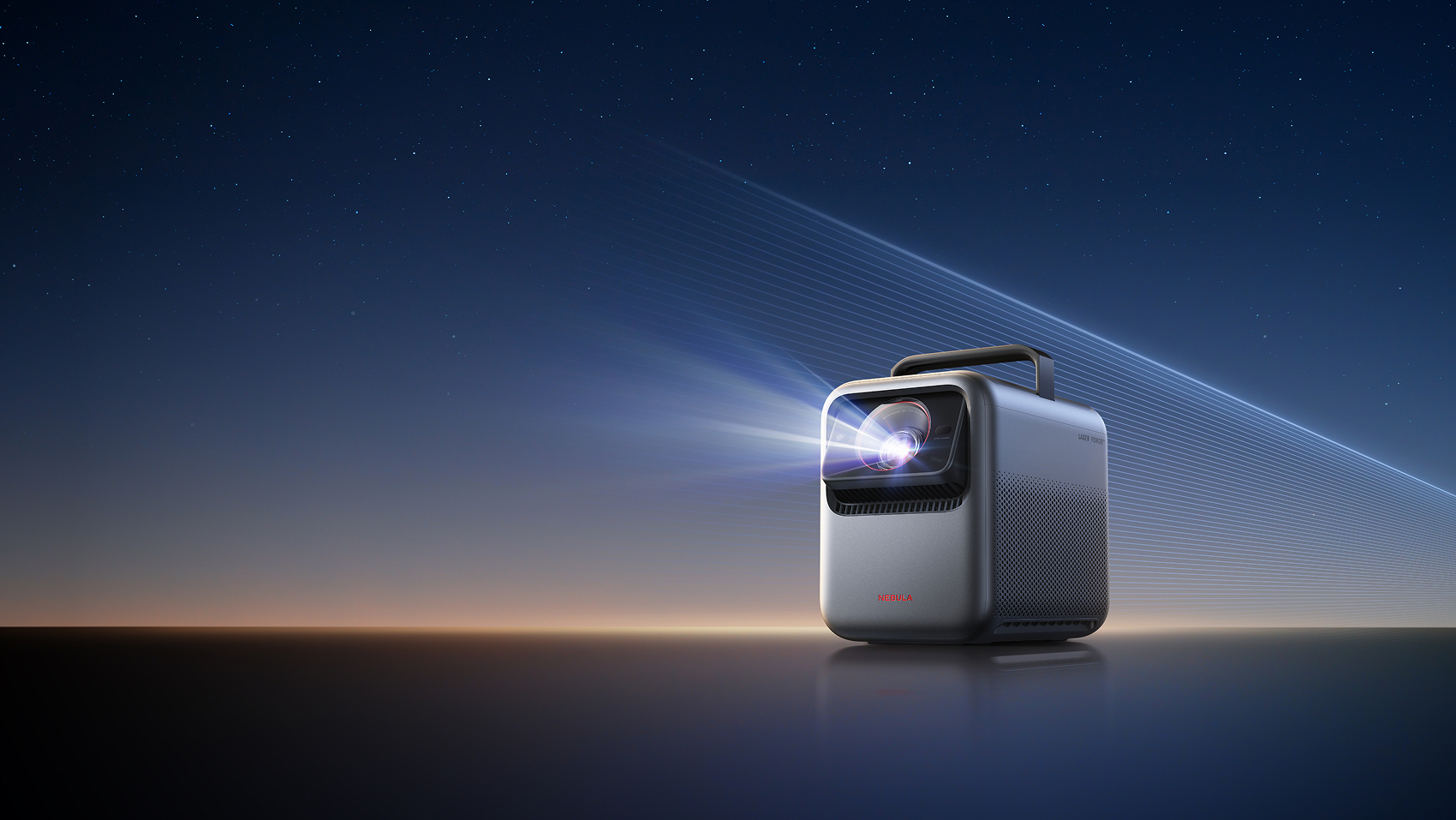Sony 2023 TV lineup: When will the A85L come out?
More QD-OLEDs are almost guaranteed, but what about Micro Lens Array tech?
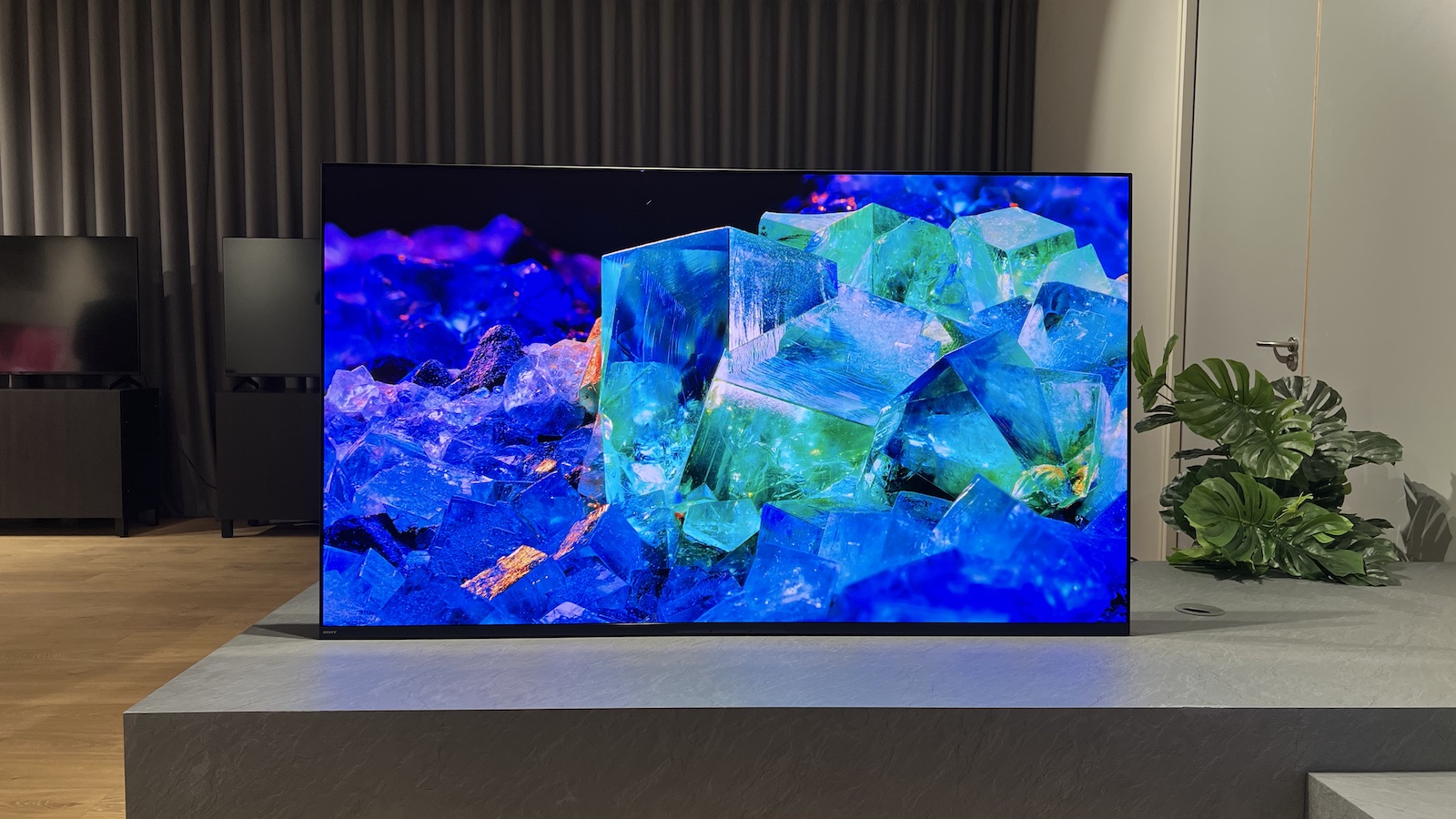
Usually, we’d start a piece such as this by explaining that the brand in question has just announced its new TV range at CES, but Sony took the highly unusual decision of not announcing any TVs at all at CES 2023.
Sony will instead announce its new TVs at a dedicated event "later in the Spring". We’ve contacted the company to ask for more information on this and will update this page once we’ve had a response.
Those who are planning to purchase a new TV this year are likely desperate to know what Sony has up its sleeve and how its new models will compare to the new sets that have already been announced by the likes of LG, Samsung and Panasonic. Luckily, we can use our extensive experience of covering and testing Sony’s TVs, as well as our knowledge of current TV tech trends, to make a few key predictions.
So, with no further ado, this is what we think the Sony 2023 TV lineup will look like.
More Sony QD-OLED TVs, and potentially at lower prices
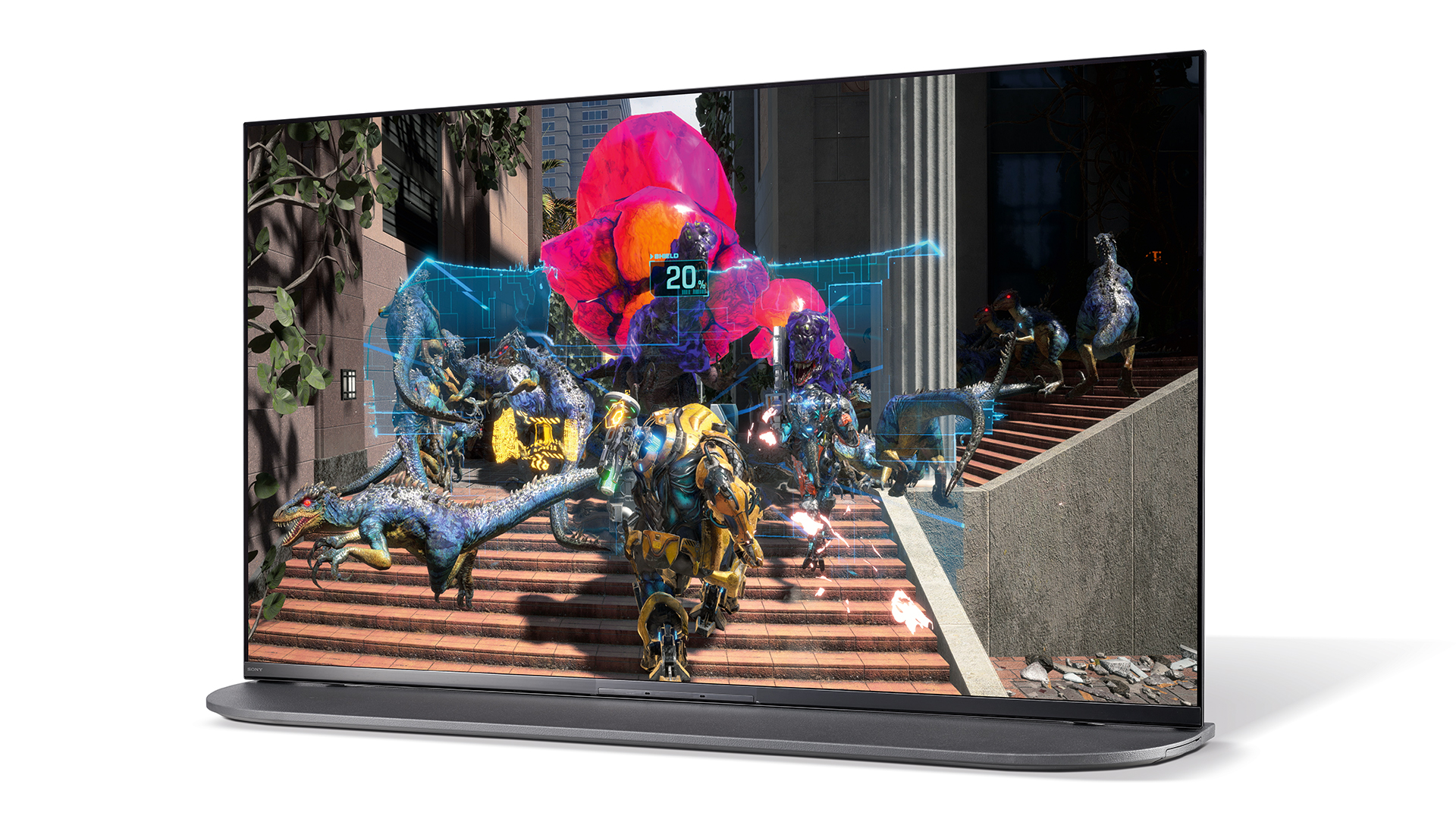
2022’s Sony’s A95K will forever be the very first QD-OLED TV that we tested, despite the fact that it’s a Samsung-developed panel technology. A year on, the A95K remains one of, if not the, best TVs you can buy, and it seems almost inconceivable that Sony would ditch the tech so soon, despite the introduction of rival OLED panel technology – more on which below.
The only problem with the Sony A95K is that it’s very expensive – vastly more so than the Samsung S95B, which is the only other QD-OLED TV that’s currently available (though there are also QD-OLED monitors). Will Sony launch a more affordable QD-OLED model in 2023? We can’t say for sure but it certainly seems possible.
Sony is always keen to preserve its status as a premium brand and it’s not going to get into a pricing war with Samsung, but the huge difference in price between its A95K and Samsung's S95B is problematic, even though our testing proves that the A95K is certainly the better TV overall.
For that reason, we believe that the A95K’s replacement, presumably called A95L, will remain a very premium QD-OLED model, but that a step-down model, perhaps called A85L, will slot in below it in order to make the technology available to a wider audience.
What will the differences be between these two potential QD-OLED models? We would expect both to have the latest panels from Samsung Display, which Samsung Electronics describes as having ‘OLED HyperEfficient EL’ material, but perhaps the key picture quality–differentiating factor will be the A95L having a heatsink and the A85L not. This would in theory make the flagship model capable of going significantly brighter, perhaps hitting peaks of over 2000 nits, but the step-down TV should, thanks to its QD-OLED panel, still be a good deal brighter than traditional OLED TVs.
Assuming that Sony does, indeed, launch two QD-OLED models this year, the other key difference between them will likely be the sound. Both will benefit from the company’s Acoustic Surface Audio technology, which involves actuators that vibrate the screen in order to create sound, but we’d expect the flagship model to have larger accompanying woofers for extra bass, a more powerful output overall, and perhaps even an extra actuator for better localisation of sound.
The final, obvious difference between these two theoretical QD-OLED TVs will be design. Sony loves to be bold with the designs of its flagship TVs, as evidenced by the easel-like form of 2017’s A1 and the counterweight ‘lip’ of the current A95K, but it also likes to balance that with a comparatively traditional design for its step-down model. We expect that to remain the case this year, though we’re not even going to guess what the new flagship OLED might look like.
A 77-inch Sony QD-OLED seems inevitable, but there won’t be one smaller than 55 inches
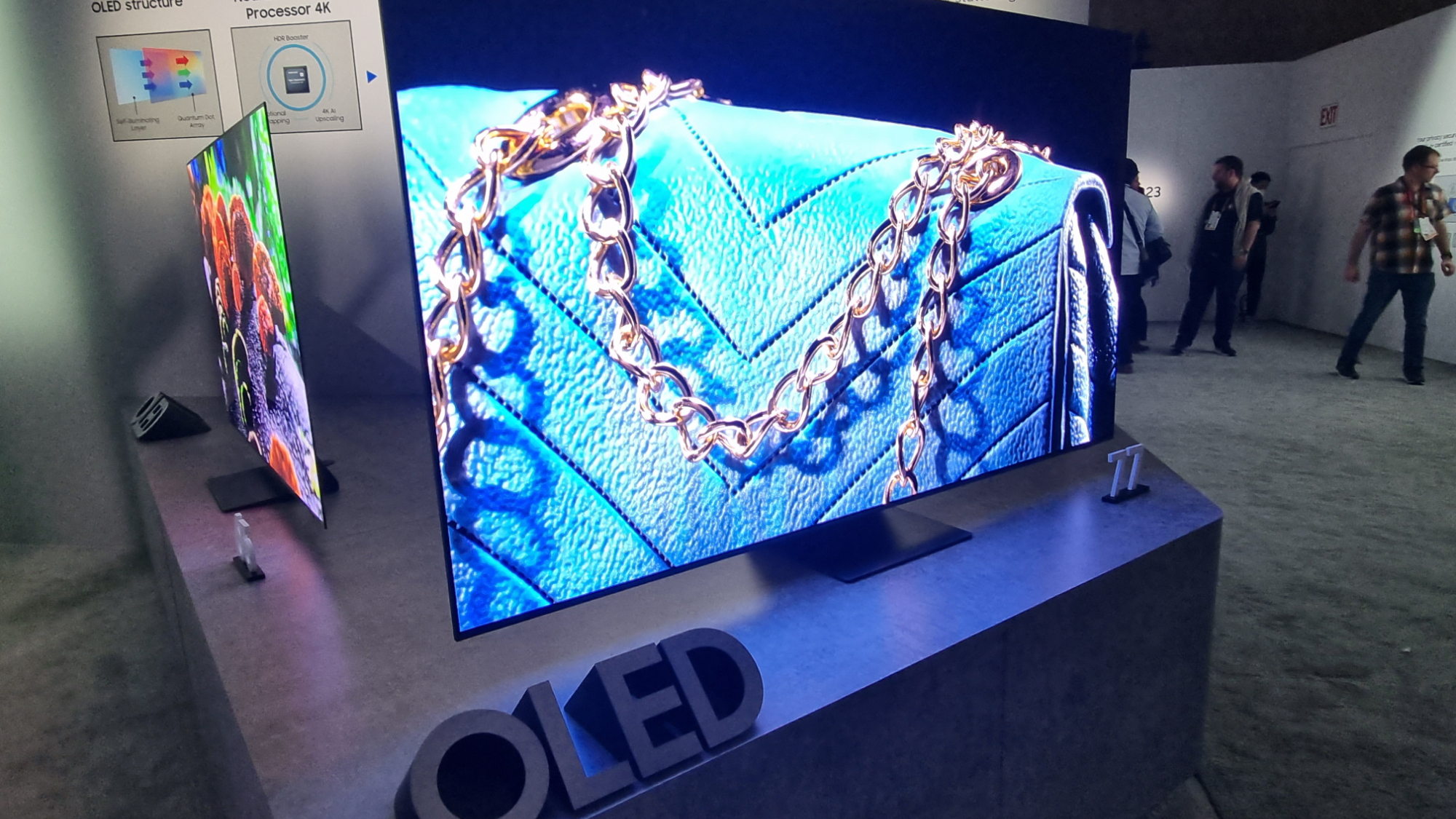
Samsung Display, which currently produces all of the QD-OLED panels that are currently used for TVs, recently announced that it’s now manufacturing a 77-inch panel. Samsung Electronics has dutifully announced that it will launch 77-inch QD-OLED TVs this year, and we can’t see Sony resisting doing the same. Assuming Sony does indeed stick with QD-OLED for at least one model, a 77-inch version seems practically definite.
This 77-inch QD-OLED TV would sit alongside the already-established 55- and 65-inch QD-OLEDs, but a smaller model is almost certainly off the cards. 34-inch QD-OLED monitors already exist, but this isn’t a size that TV manufacturers are really interested in. Sony, and others, would jump at the opportunity to launch 48- or 42-inch QD-OLED TVs, but our understanding is that QD-OLED panels in these sizes don’t yet exist.
Will Sony produce an OLED TV with Micro Lens Array technology?
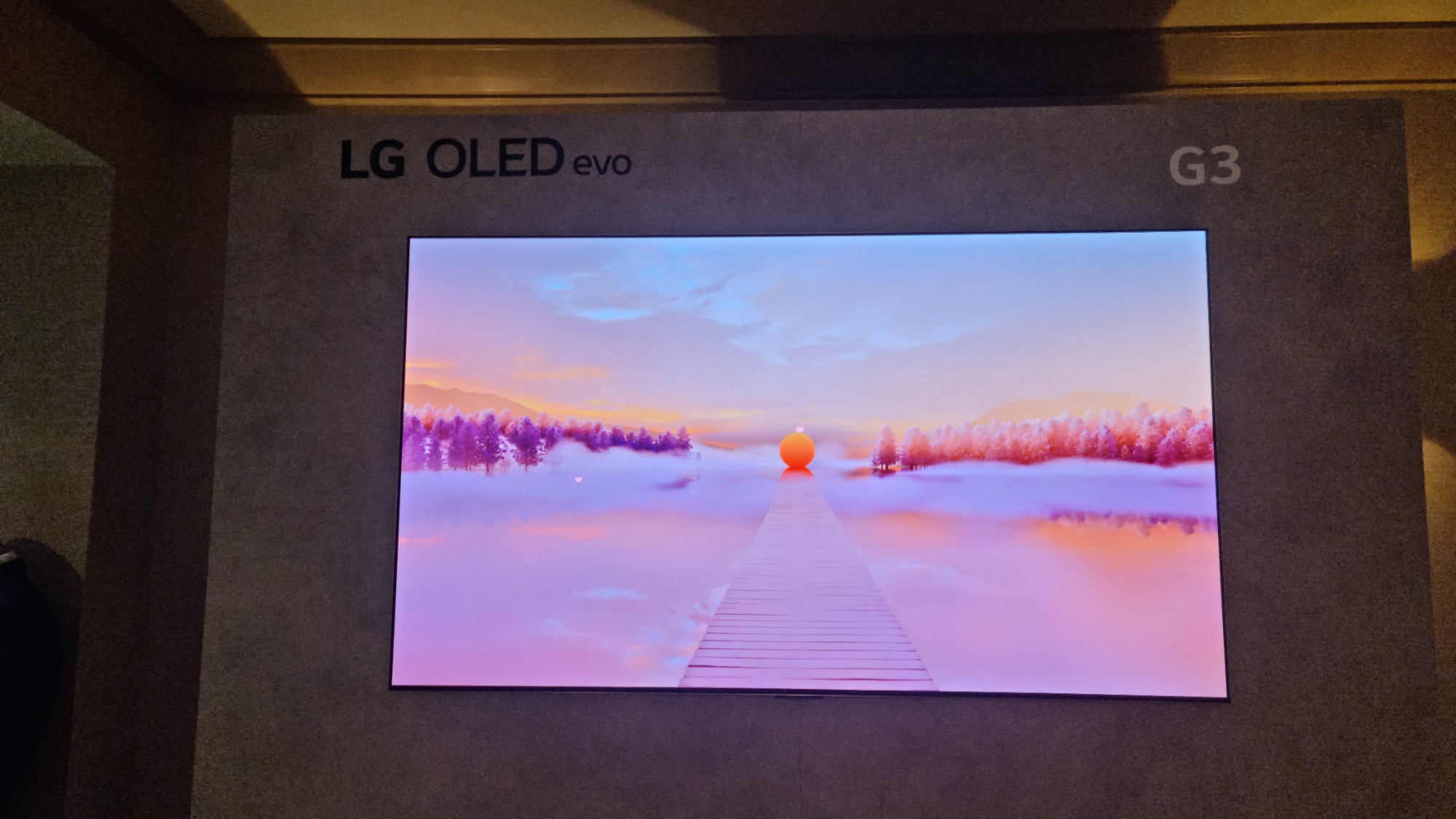
This is where things get interesting. At CES 2023, LG announced its new G3 model, which it says will be vastly brighter than the G2 it replaces, and as much as 70% brighter than ‘traditional’ OLED TVs. The key to this apparent huge increase in brightness is firmly believed to be the introduction of Micro Lens Array (MLA) technology, which essentially consists of an ultra-thin layer of tiny lenses that better focus the light from the panel’s OLEDs, resulting in a brighter performance without the need to drive the organic panel elements any more than before.
In a way, MLA is LG’s answer to Samsung’s QD-OLED, with each brand picking its technological champion in the OLED TV war. Sony, though, is the only brand that already has both QD-OLED and ‘standard’ OLED models in its lineup, and that creates a bit of a conundrum: does it embrace both technologies, even though they appear to be competing?
Our prediction is that there will be a Micro Lens Array model in Sony’s 2023 TV range, and that it will slot beneath its QD-OLED models. Why below? Because while the two technologies are theoretically capable of going similarly bright, QD-OLED should, thanks to its use of Quantum Dots, be able to reproduce punchier, more vibrant colours, particularly in the brightest parts of the picture.
This vision of the future is far from clear, though, and it will be absolutely fascinating to see how Sony positions the two technologies relative to one another, assuming it does indeed embrace both.
Smaller and more affordable 'standard' OLED TVs
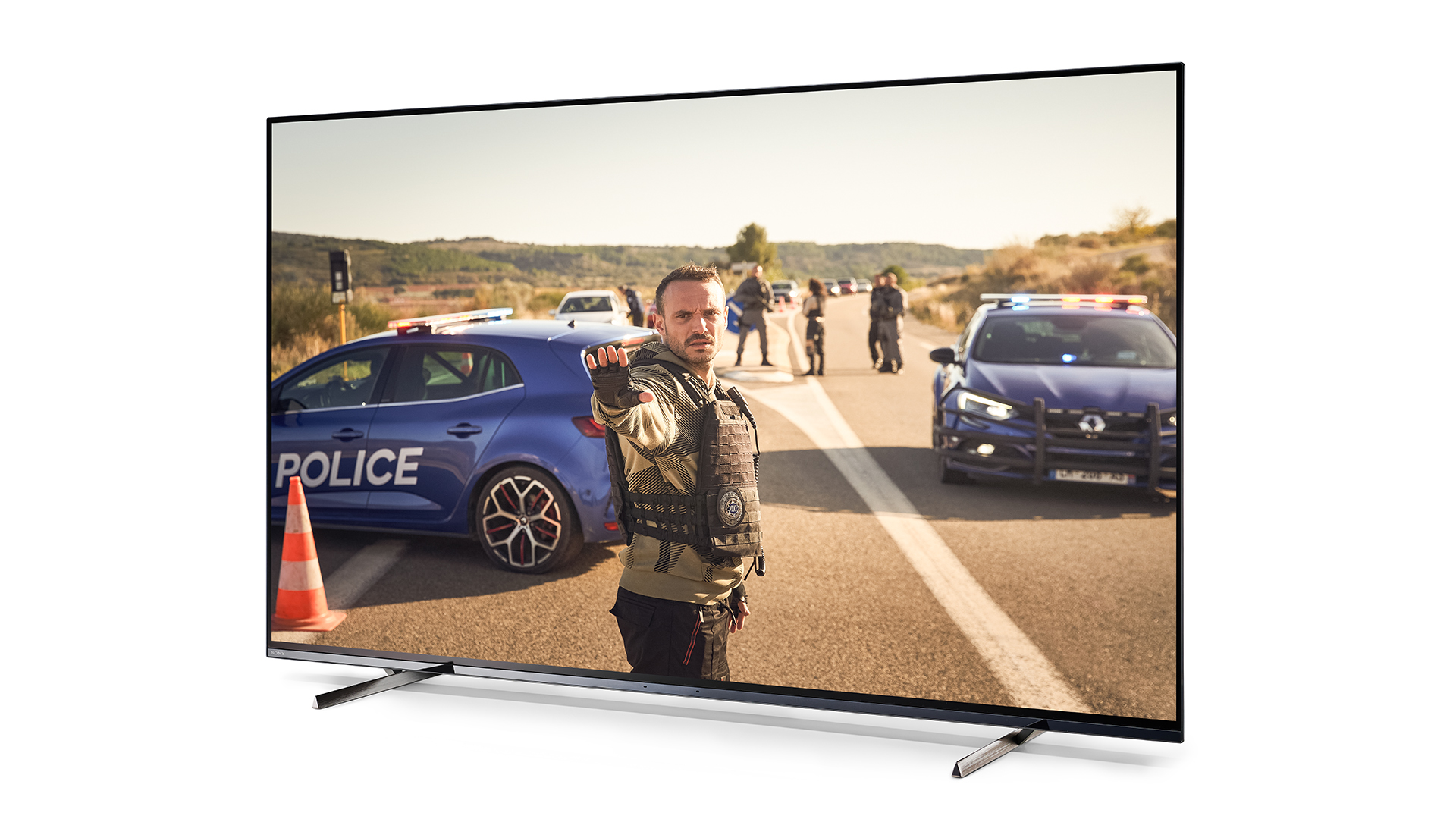
Neither QD-OLED nor Micro Lens Array technology are available at sizes below 55 inches, so that leaves ‘standard’ OLED to pick up the slack once again at the 48- and 42-inch sizes. In 2022, Sony’s smaller OLED, the A90K, was very much positioned as a flagship proposition, and we expect the company to launch a similarly premium successor in 2023.
However, we predict that there will also be a more affordable smaller OLED in Sony’s 2023 lineup. LG’s 42-inch C2 model has proven to be insanely popular, particularly with gamers eager for a premium performance in a smaller space, and we’d be surprised if Sony didn’t offer a rival model, even if it wasn’t quite as aggressively priced as LG’s C2.
Could Sony stop making 8K TVs?
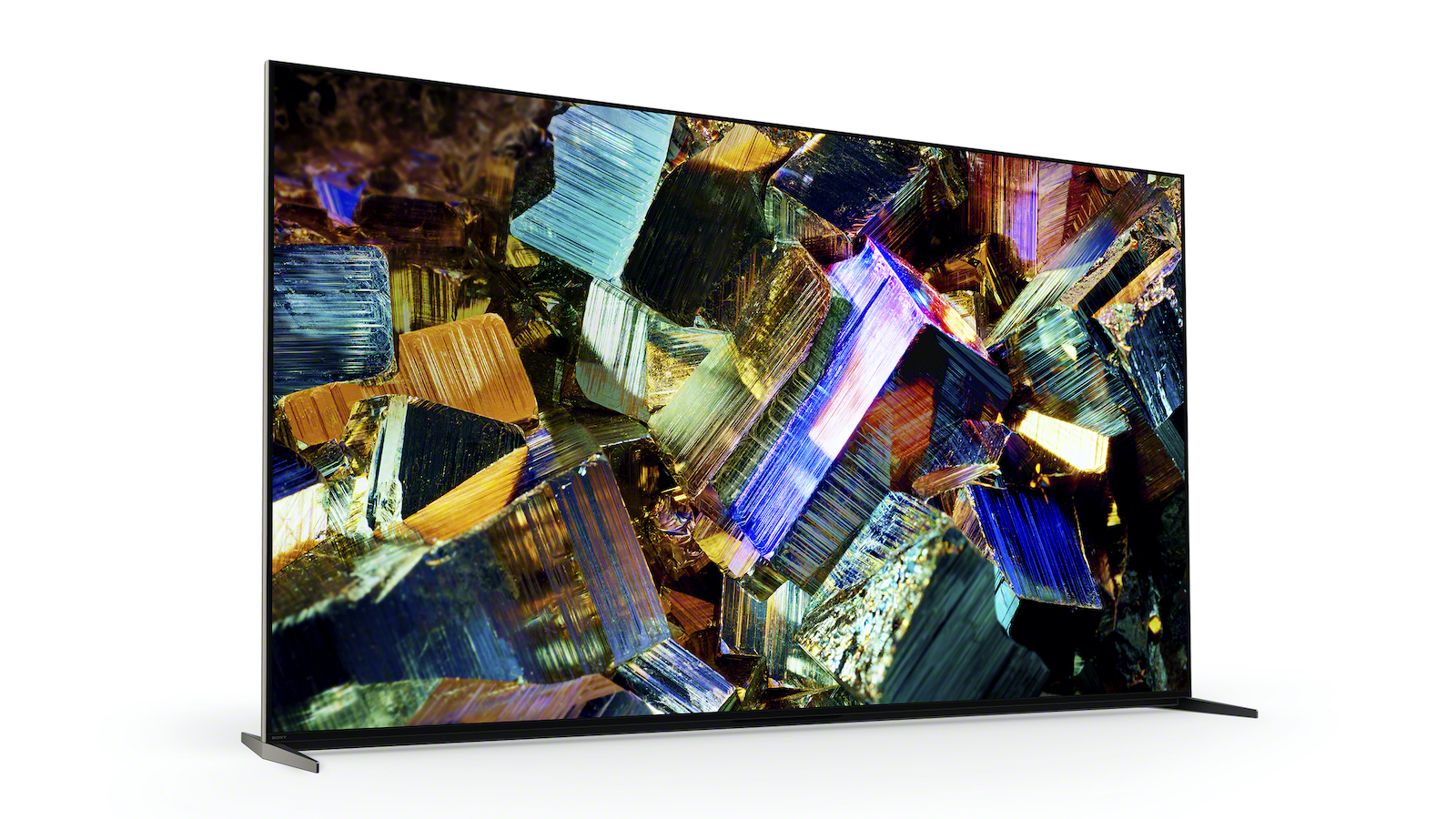
2022 was another year without native 8K content and 2023 has begun without any suggestion that such content is on the way. LG’s lineup includes an 8K OLED and Samsung, as ever, is launching 8K QLEDs that will likely be very aggressively priced. Chinese brand TCL, though, is turning away from 8K, stating that “it is not what people had expected” (via FlatpanelsHD).
Which way will Sony go? We can’t say for sure, but we wouldn’t be hugely surprised if the generally pragmatic brand decided to take a year off 8K TV production with a view to resuming if and when it becomes widely available.
There will still be plenty of LCD TVs from Sony in 2023, some with Mini LED backlighting
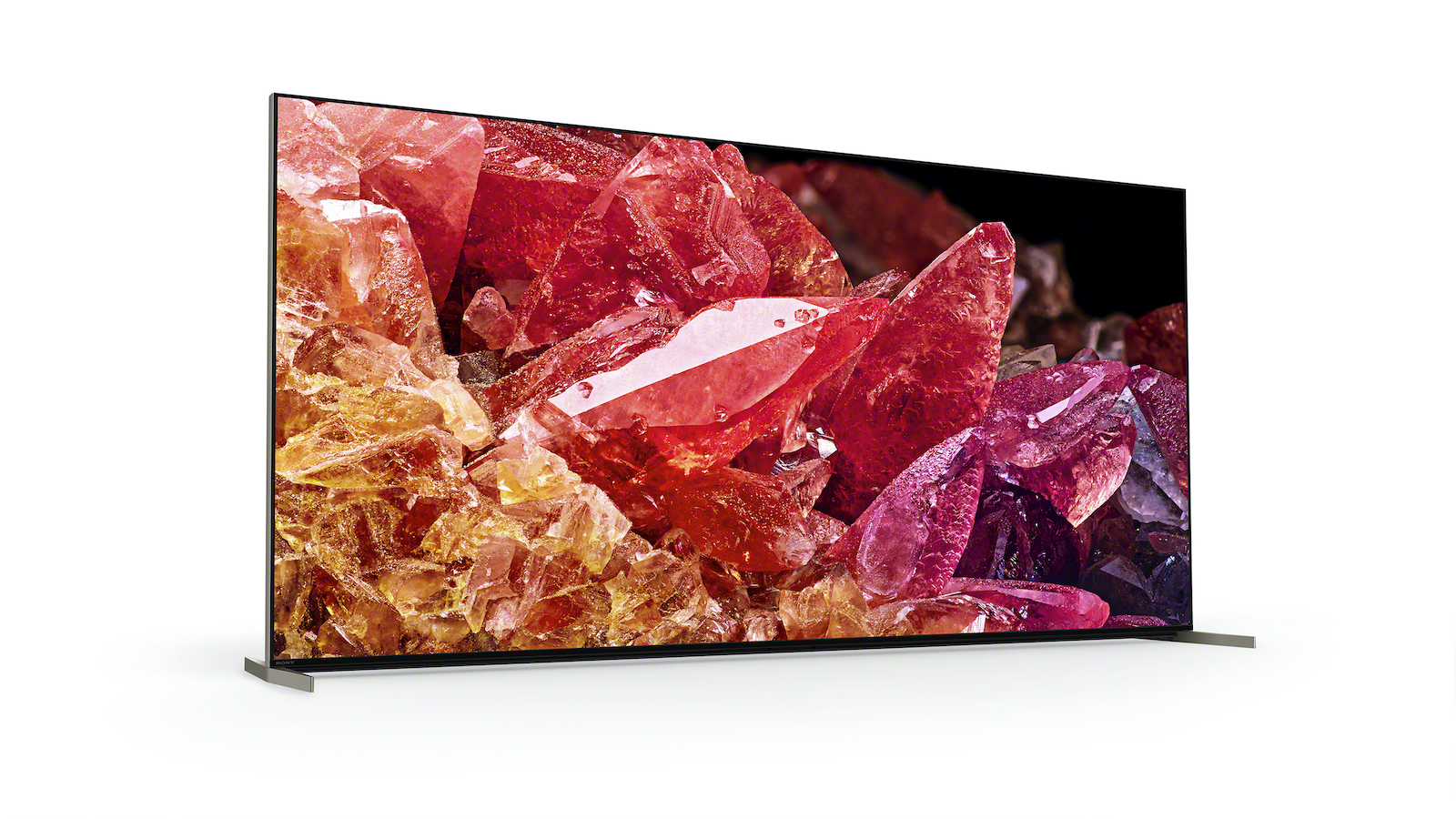
Sony’s 2022 8K TV, the Z9K, is an LCD model with a Mini LED backlight, but just because Sony may (or may not) give up on 8K doesn’t mean it’s going to ditch LCD or Mini LED technology. On the contrary, we expect Sony to have lots of LCD models in its 2023 TV range, and for Mini LED to feature fairly heavily.
In 2022, the only 4K Mini LED model in Sony’s range was the pretty premium X95K, but Samsung has introduced Mini LED backlighting to far more affordable models. Again, Sony isn’t going to get into a pricing war, but it seems perfectly possible that Mini LED backlighting will be introduced to one of the brand’s upper mid-range models.
MORE:
Here's our list of the best TVs you can but right now
Can Sony produce an even better TV than the A95K?
Get the What Hi-Fi? Newsletter
The latest hi-fi, home cinema and tech news, reviews, buying advice and deals, direct to your inbox.
Tom Parsons has been writing about TV, AV and hi-fi products (not to mention plenty of other 'gadgets' and even cars) for over 15 years. He began his career as What Hi-Fi?'s Staff Writer and is now the TV and AV Editor. In between, he worked as Reviews Editor and then Deputy Editor at Stuff, and over the years has had his work featured in publications such as T3, The Telegraph and Louder. He's also appeared on BBC News, BBC World Service, BBC Radio 4 and Sky Swipe. In his spare time Tom is a runner and gamer.

